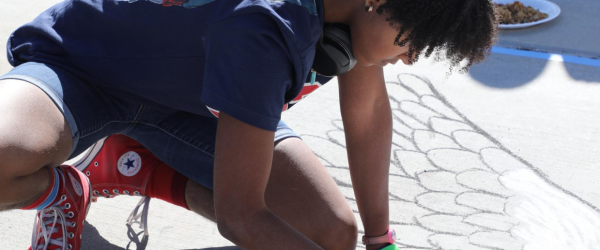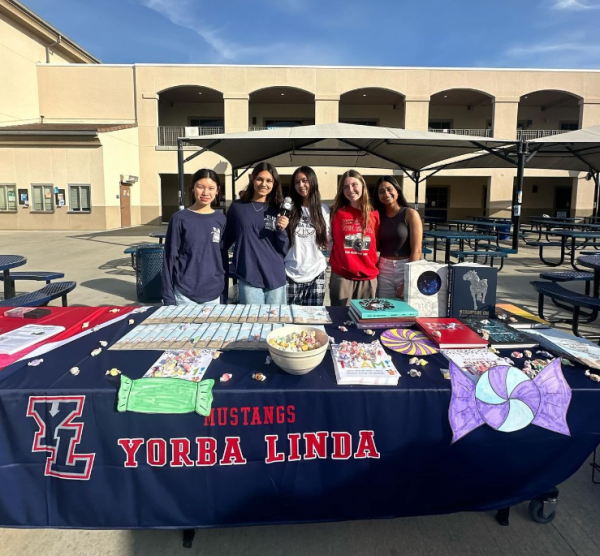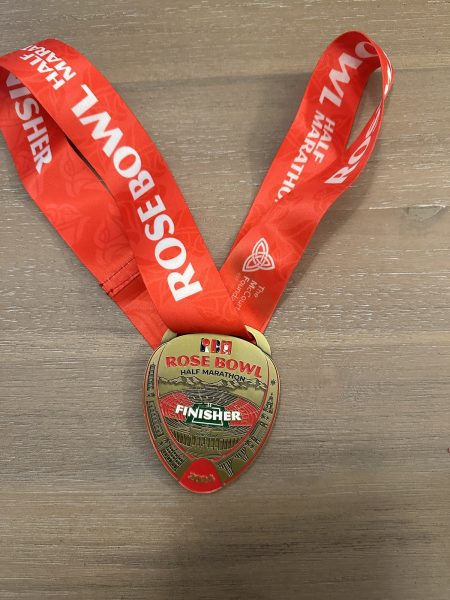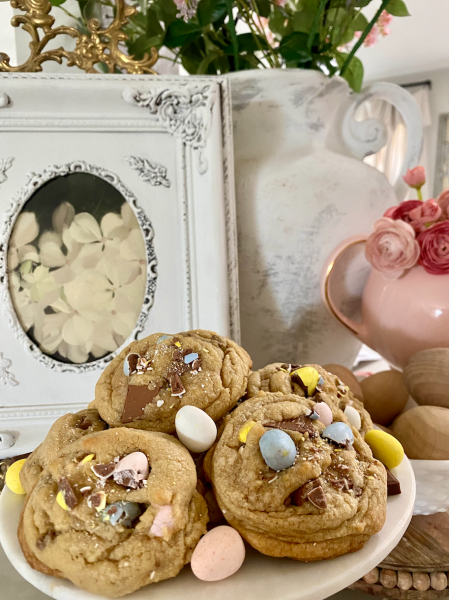A Guide to Becoming Fluent in Flower

Flowers have been beautifully poetic mediums of expression for ages.
April 4, 2023
Flowers—they are timeless and universally popular beauties of the Earth. They are often present at special occasions, whether gifted to loved ones, used to congratulate, or left in remembrance. Since ancient times, artists have conveyed deeper messages in their work through flowers, and sweet perfumes have been concocted from their essences. Given their prevalence in meaningful events and artistic expression, it is clear that there is more to flowers than their aesthetic. Using their extensive variety, flowers symbolize many emotions and messages, both pleasant and unpleasant. Learning the language of flowers “became a popular pastime during the 1800s” as such, Victorian Era interpretations of their symbolic meanings are the most commonly recognized (almanac.com).
I find flower symbolism pretty interesting, especially in character designs.
— Cara Tang (12)
The rose is known as the most popular flower in the world—beyond the romantic love conveyed by its classic red shade, there are a number of different meanings that accompany its other lovely variants. White roses symbolize “purity, innocence, reverence, [new beginnings], [and fresh starts],” dark crimson roses symbolize “mourning,” pink roses symbolize “grace, happiness, [and] gentleness,” orange roses symbolize “desire and enthusiasm,” lavender roses symbolize “love at first sight,” and coral roses symbolize “friendship, modesty, and sympathy.” Despite these pleasant interpretations, however, yellow roses symbolize “jealousy [and] infidelity” (almanac.com). As flowers were “primarily used to deliver messages that couldn’t be spoken aloud” due to etiquette-based reasoning during the Victorian Era, roses can act as a medium of romantic confession if you’re feeling a bit shy or a discreet way to call out an unloyal lover or friend (almanac.com).
Carnations are another vibrantly expressive flower. Bittersweetly, pink carnations mean “I’ll never forget you,” while red carnations mean “my heart aches for you.” Plain bitterly, on the other hand, yellow carnations symbolize “romantic rejection,” and purple carnations symbolize “capriciousness” (almanac.com). When observed closely enough, it appears as though certain colors share similar meanings or connotations regardless of flower type, with shades like yellow conveying negative messages for flowers such as both roses and carnations.
A few other miscellaneous flowers with poetic, symbolic meanings include purple violets (indicate “thoughts were occupied with love”), red tulips (“confession of love”), calla lilies (“magnificent beauty”), and clovers (“think of me”) (almanac.com).
Overall, flowers carry significantly profound meanings that one should pay attention to for a number of uses or even for the sake of simply being knowledgeable. For example, if you are an artist, integrating flower symbolism into your work can enhance its creative intrigue and complexity. Cara Tang (12) notes that “flower symbolism [is] pretty interesting, especially in character designs,” particularly finding “red spider lilies really pretty and very attractive.” By composing a bouquet of or choosing flowers with intentionality and attentiveness to their symbolic use, one can create a more purposeful gift or artwork that pays homage to the time-old, charming language of flowers.




















